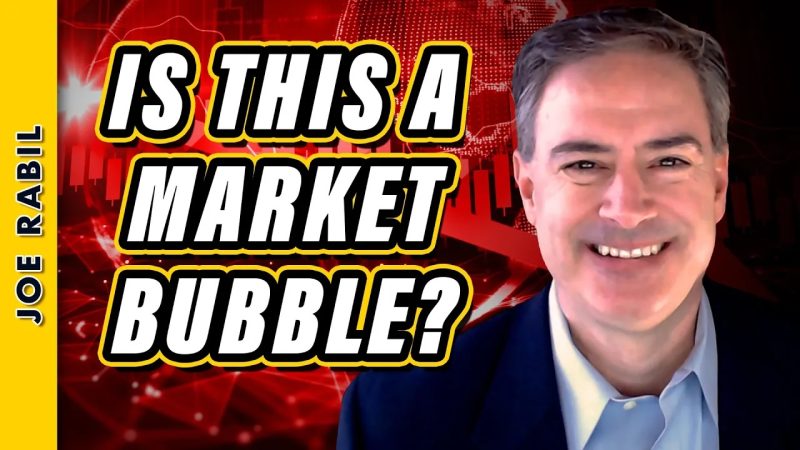As the financial markets continue to experience unpredictable highs and lows, the question on everyone’s minds remains – is this a market bubble or investor mania? Both phenomena can have significant impacts on the stability and sustainability of the market, but it is essential to understand the distinction between the two to make informed investment decisions.
A market bubble occurs when the prices of assets, such as stocks or real estate, surge to unsustainable levels driven by speculation and investor optimism. This inflated pricing is often unsupported by the underlying fundamentals of the asset, leading to a significant risk of a sudden and sharp correction. The dot-com bubble of the late 1990s and the housing bubble of the mid-2000s are examples of market bubbles that ultimately burst, causing widespread economic turmoil.
On the other hand, investor mania refers to a situation where investors exhibit irrational exuberance and FOMO (fear of missing out) in the market, driving prices higher based on sentiment rather than fundamentals. This can lead to overvaluation of assets and create a self-reinforcing cycle where investors continue to pour money into the market in the hope of making quick profits.
Distinguishing between a market bubble and investor mania requires a careful analysis of market dynamics, investor behavior, and economic indicators. In the case of a market bubble, key indicators such as price-to-earnings ratios, price-to-book ratios, and market valuations can provide insights into the level of overvaluation in the market. Additionally, monitoring factors such as speculative trading volume, margin debt, and market sentiment can help identify the presence of investor mania.
It is crucial for investors to exercise caution and conduct thorough research before making investment decisions during periods of potential market bubbles or investor mania. Building a diversified portfolio, setting realistic investment goals, and adhering to a long-term investment strategy can help mitigate the risks associated with market exuberance.
In conclusion, while market bubbles and investor mania both pose risks to the stability of the financial markets, understanding the nuances between the two can empower investors to navigate volatile market conditions effectively. By staying informed, maintaining a disciplined approach to investing, and seeking professional advice when needed, investors can position themselves to weather market fluctuations and achieve their financial goals in the long run.



























